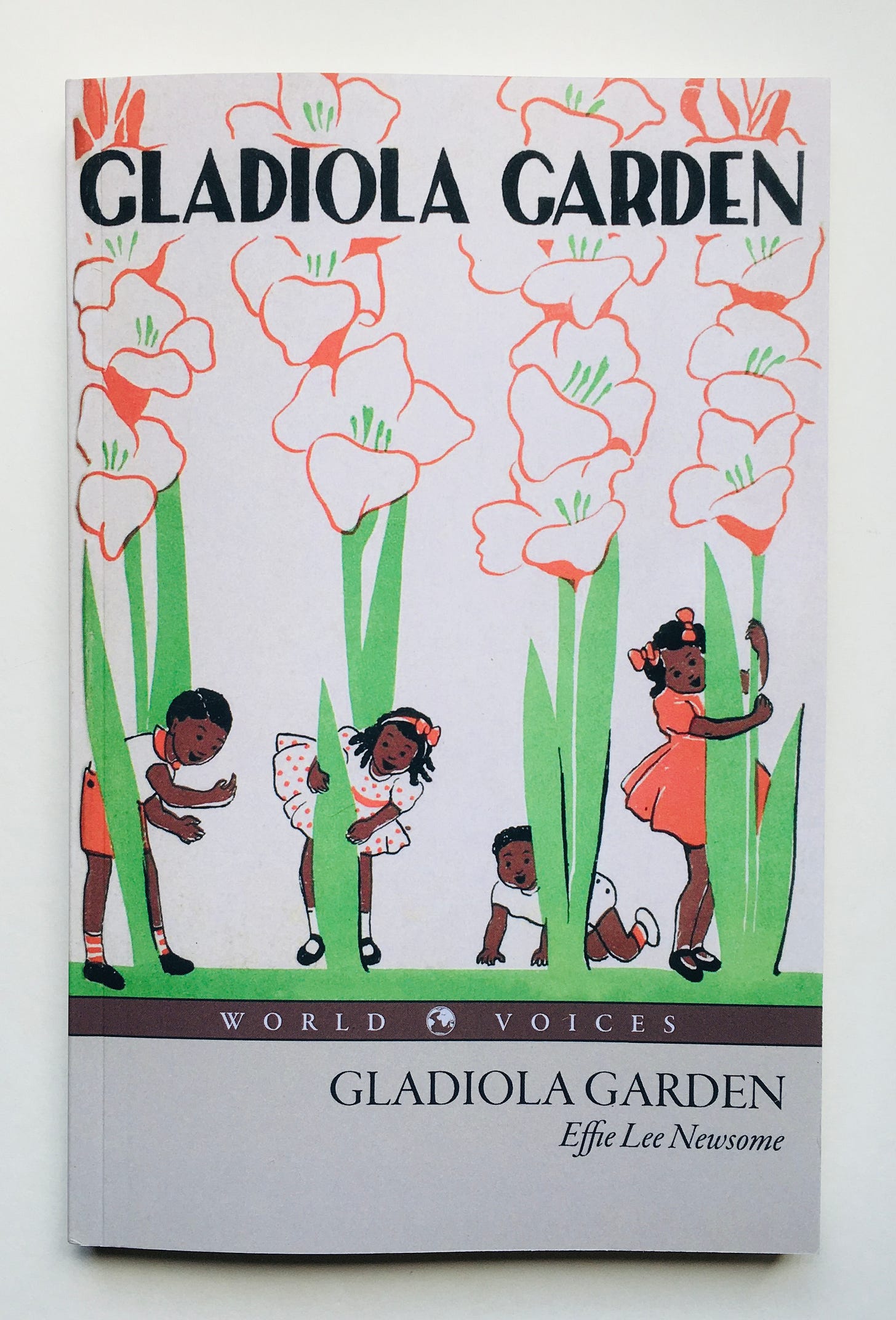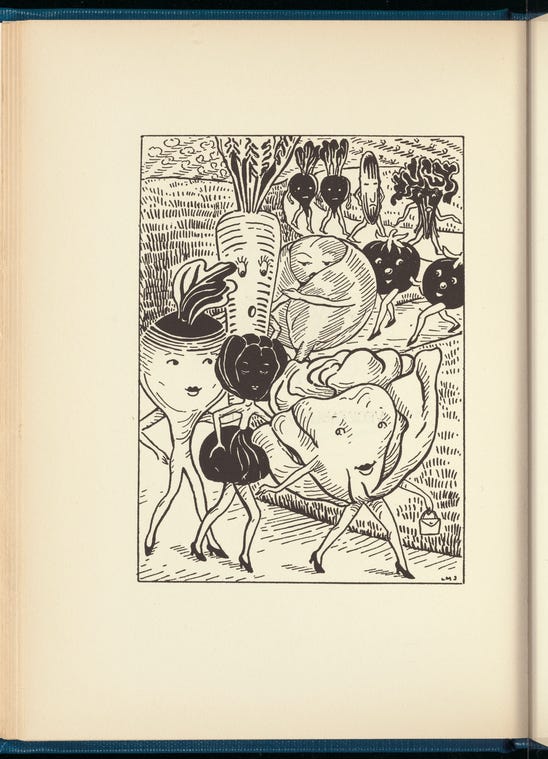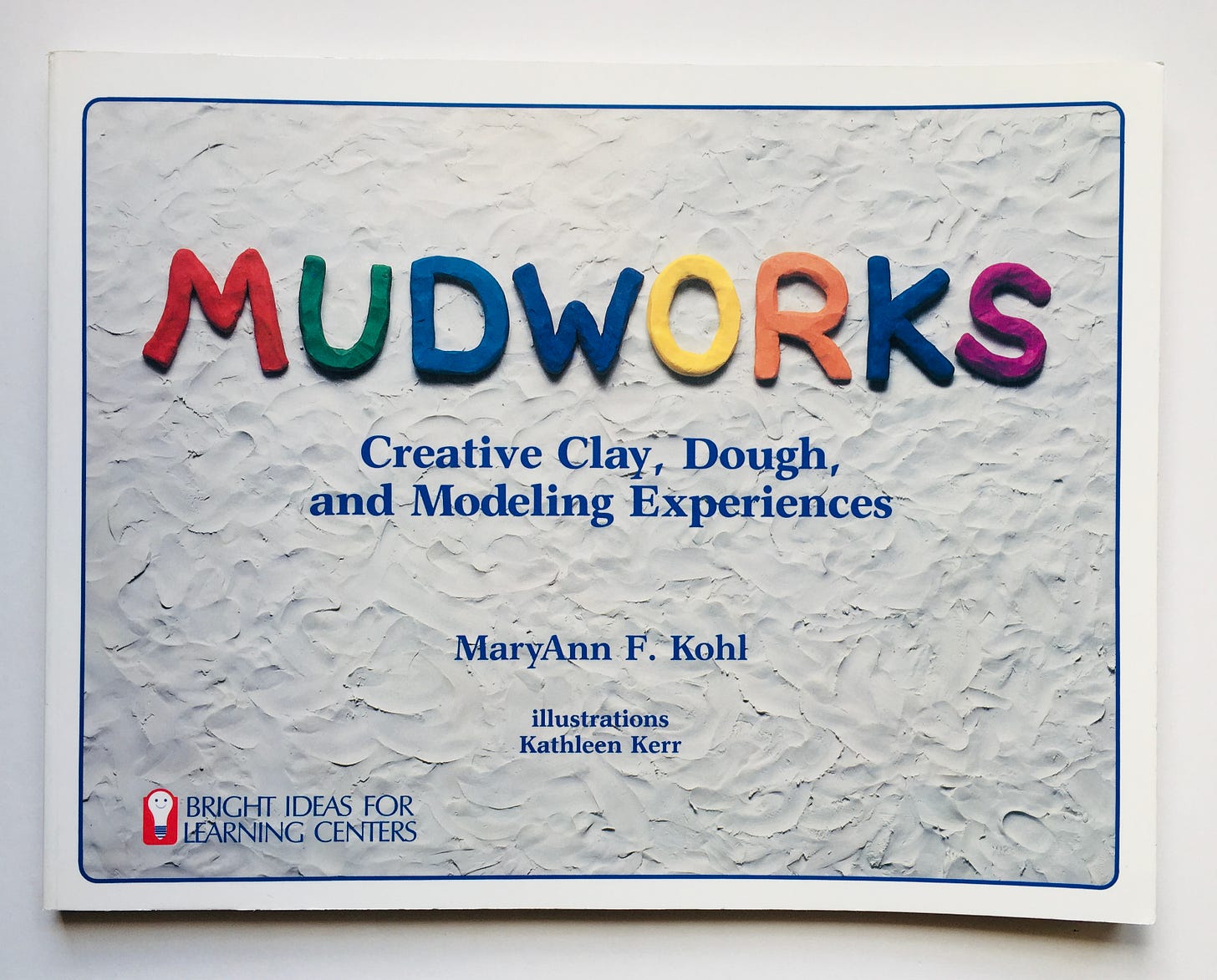Hello there, good people! Thanks for letting me pop into your inbox and brain space today.
I had a lot of fun writing this issue for no apparent reason whatsoever — maybe it’s that every book here makes me feel pretty dang happy — but I’ll take it.
Reminder!
I’m adding a paid subscription option to this newsletter (if you missed that announcement you can read about it here), so this is the second-to-last regular issue (the numbered ones that you receive on Wednesdays) you’ll receive as a free subscriber — after August 1, you’ll get 4-5 reviews from me only once a month unless you choose a paid subscription.
On the fence about it? If you subscribe today you’ll get 15% off an annual subscription forever. (I’m only offering this for a limited time, until August 16, so don’t wait!) If you want a break down about what you’ll continue to receive if you remain signed up for free versus what you’ll get if you choose to pay, you can find that here.
Now, onto the good stuff…
Leola and the Honeybears by Melodye Benson Rosales (1999)
“Leola and her grandmother lived in a small, cozy cottage not far from the Pine Hollow Woods. When Leola got her way, she could be as sweet as brown sugar. But when she didn’t, she could be as stubborn as Grandmama’s old mule.” One day, when Grandmama tells Leola not to stray too far from home, Leola’s stubbornness gets the better of her, and she decides to do what she wants to do — and ends up lost in the woods. An encounter with Ol’ Mister Weasel, who wants to eat her up whole, sends her straight to the house of the three Honeybears, a jovial, community-minded family that stepped out a few minutes earlier to let some pies cool off before eating them.
This is where the story becomes familiar — Leola eats up the Honeybears’ pie, sits in (and breaks) a chair, and falls asleep in one of their beds before being discovered. Papa Honeybear, Mama Honeybear, and Lil’ Honey go through the predictable responses we know and love — Papa’s are BIG, Mama’s are Medium, and Lil’s are, well, little.
But Benson Rosales’ version here offers a twist on tradition that I like very much — instead of Leola jumping out the window, never to be seen again, Mama Honeybear sees that Leola is “only a youngster, no different than her own Lil’ Honey,” and after a bit of conversation about proper manners, all is forgiven. Mama Honeybear sends Leola on her way with guidance from Miss Blackbird, and when Leola arrives home safely, into the loving arms of her Grandmama, she decides to always listen from that day on, “even when she wanted to do what she wanted to do.”
This is a richly told tale and if the slightly revised delivery isn’t excellent enough, Benson Rosales’ deeply saturated, evocative oil paintings carry it to an unequalled level. If a more tender or endearing version of Goldilocks and the Three Bears exists, I don’t believe it — this is as good as it gets and it is very, very good.
Pass It On by Sophy Henn (2017)
Whenever I run across Pass It On in my house it never fails to bring a smile to my face: it’s a book I fondly remember reading to and enjoying with my eldest during Morning Time*— it came out in 2017, so I must have borrowed it from the library when she was 3yo (and though my youngest child was alive and ostensibly around, I don’t remember her in this mental picture — probably because she was strapped to my chest, or busy sucking her toes in a bouncer at my feet).
The message is sweet and simple — essentially, when you are filled with good energy, share it with those around you (“when you see something terrific, smile a smile and pass it on;” “if something happens that’s amazing, whoop it up and pass it on”), which was probably a message I really needed in that season of my life, as the full-time work-outside-the-home mother of a nursling and a toddler.
This title could have easily veered into the area of what I consider to be toxic levels of positivity (see: absolutely anything that says “Good vibes only” and a million other ways we Americans have made 24/7 happiness some kind of moral mandate; I digress) so my favorite part of this is the handful of pages that allows for moments when one is not feeling up: “Sometimes the fun and glee aren’t in their usual place. But search around, there’s always some… a hum, a hug, a happy face.” To me this demonstrates looking on the bright side — and looking for things to be grateful for — in a realistic, healthy way that doesn’t require fixing oneself or one’s feelings (also something I probably needed to hear at the time, and let’s be honest, does that ever get old?)
Henn’s colorful, cheerful digital illustrations add to the bright tone of this title, which teaches preschoolers, early elementary, and frankly, anyone that needs the reminder about the generosity and joy to be found in “passing it on.”
*If you want to read more about our Morning Time, check out the February issue of (How) Can we read?, about our reading routines
Gladiola Garden by Effie Lee Newsome, illustrated by Lois Mailou Jones (first published in 1940; reprinted in 2020)
This is a book that came to me late in 2020 via Amber O’Neal Johnston of Heritage Mom — I am a regular reader of her blog and have purchased her multicultural lesson guides, Heritage Packs, which “are designed to help home educators and school teachers bridge the gap between the traditional curriculum they love and the legitimate need to add some delicious butterscotch, caramel, and mocha fudge to the yummy cream.” (Isn’t that a wonderful description?) Repeatedly she mentioned a poetry book called Gladiola Garden, and because I trust her, and because there is an unacceptable dearth of Black poetry for children in our home library, I ordered it — new, which tells you something.
I’m so glad I did.
(If you want to read the story behind Gladiola Garden, how Amber discovered it, and how she worked with Living Book Press to get it reprinted in 2020, you can do so on her blog. Thank god, times infinity, for librarians.)
What struck me the most about this lovely, slim volume is exactly what caused Amber to cherish it: it depicts and celebrates brown-skinned children observing, experiencing, playing, and romping in the natural world. If this doesn’t sound special you’re not paying close enough attention — a book like this doesn’t exist. Full stop. Harlem Renaissance writer Newsome and illustrator Jones created something winning and remarkable in 1940, and no one has come up with anything close since.
Beyond its rarity, though, let me speak to the poetry itself: I’ve read some of this aloud to my children, who enjoyed it, and I’ve read it cover-to-cover myself, and though not every poem is outstanding (that’s true of any poetry book), every couple pages there is one so innocent and beautiful it’s worth the whole thing.
My favorite is opposite an illustration of Jones’ that depicts some sassy-looking, promenading vegetables that just makes me laugh:
When vegetables go to the market in town
They wear the most wonderful frills on their frocks—
Broccoli and lettuce and gay Brussels sprouts
And plump country turnips in bright purple socks.The cabbage comes wrapped in a satiny shawl,
The carrots in tight orange skirts
Tomatoes all grinning like red country girls,
And parsley so fancy in little green curls,
Cucumbers with warts on each long smileless face
That seems quite displeased with the town,
And beets very shabby with dull sweaters on,
Limp skirts with red streaks up and down.
(Every time I am unloading a share from our CSA I look at the beets and think again what an amazing descriptor “dull sweaters” is.)
The subtitle of this book is “Poems of Outdoors and Indoors for Second Grade Readers” and that’s about right — these are short, excellent poems to share with younger children, especially if you have a nature or outdoor lover, especially if reading poetry aloud isn’t your thing and you need something bite-sized to cut your teeth on (I assure you I intend every single pun). Even if you’re a die-hard poetry nerd like myself there is everything to love about this long-lost treasure: it’s a true gem.
Below is another image from the book, which you can view in its entirety via the New York Public Library Digital Collections. (Thank god, times infinity, for public libraries.)
The Adventures of Spider by Joyce Cooper Arkhurst, illustrated by Jerry Pinkney (1964)
It’s true that this book is 57 years old, but don’t let its age (or its dated mid-60s look, which now seems almost fresh to me) deter you: this is the best read-aloud for preschoolers I’ve ever come across, though limiting it to preschoolers would do the rest of us, children and adults alike, a disservice. (The 1992 edition has an updated cover illustration from Pinkney but the images inside are the same.)
It’s not much of a surprise that these West African folktales are so appealing to children — as I wrote in Part 2 of my special edition on folk and fairy tales about Anansi (who is Spider with an Ashanti name), this particular trickster “is beloved by children for being a mischief maker, and, I think, for being a rare character to whom they can easily, immediately relate: when you’re small you don’t often get the chance to best the bigger folks, and Spider does it every time.”
The six stories here are all pourquoi tales (ones that explains why something is the way it is), like “Why Spider Lives in Ceilings” and “How Spider Got a Bald Head” and they are filled with the humor and gentle lessons of folk tales the world over: in some, Spider is lazy, in others, greedy, and the natural consequences he suffers (“punishment” is too strong a word) are both delightful and instructional for little ones, in a way that is didactic (that’s the point of folk tales, after all) but in an entirely entertaining and enjoyable way.
I love picking this book up with my kids in summer, when spiders abound, because in addition to being a lively read, it offers some fresh perspective on the eight-legged ones, by turning them into characters with rich lives full of adventure.
Do get your hands on this wonderful, clever, little book — I don’t think you’ll regret it.
Mudworks: Creative Clay, Dough, and Modeling Experiences by MaryAnn F. Kohl (1989)
First let’s talk about clay, dough, and modeling: it’s fantastic. That’s my whole opinion.
Since they were tiny I have given my children nearly every art supply and material imaginable (I committed myself, from day one, to dealing with messes, because it’s more important to me they have have deep and authentic experience with making and creating than it is to save my kitchen table from paint splatters or my floor from 14,496 scraps of paper — to this day there is a smudge of blue finger paint on my shower curtain from my eldest at about 18 months old and it makes me smile every time I notice it anew) — but nothing, and I really mean nothing, has affected and benefitted them as much as getting their hands on and into some dough/clay.
It’s hard for me to explain this outside of recounting my own sensory experience (and extreme pleasure) alongside them: when we make up one of the recipes in this book, my hands take over, my mind goes blank, and I am purely in my body, a rare and most welcome thing for me. I can tell that at least this level of enjoyment happens for my children as well. I’ve long thought there is something very astute in Rudolph Steiner’s beliefs about the role and importance of clay in developing the energy, spirit, and will of children (this is why clay/beeswax/dough are such a huge part of Waldorf education, all the way through high school).
In any case, Mudworks is a treasure trove of recipes and ideas and materials — experiences in this book call for a wide range of diverse mediums, not at all limited to clay or dough but expanding to wilder territory like toothpaste, starch, sand, salt, coffee, cornmeal, cotton balls, even dryer lint. How can one not love this? (I love this so much.)
Kohl has impressed me since the first moment I discovered her, years ago when I had a tiny baby whom I wanted to have full artistic license and expression in our household and in her life. Kohl is special. Mudworks is especially so.
If you like this one I recommend all of Kohl’s books,* though these are my favorites:
First Art for Toddlers and Twos: Open-Ended Art Experience (I reviewed this in issue No. 18; it’s my most-used book of hers, still, and I am well past the season of toddlers and twos)
Art With Anything: 52 Weeks of Fun Using Everyday Stuff
The Big Messy* Art Book: *But Easy to Clean Up
Math Arts: Exploring Math Through Art for 3 to 6 Year Olds
Scribble Art: Independent Creative Art Experiences for Children
*The one exception is Global Art: Activities, Projects, and Inventions From Around the World, which includes some culturally insensitive projects
Thanks for reading and for being here. Have a great week!
Sarah









Gladiola Garden!!! Wow!!!